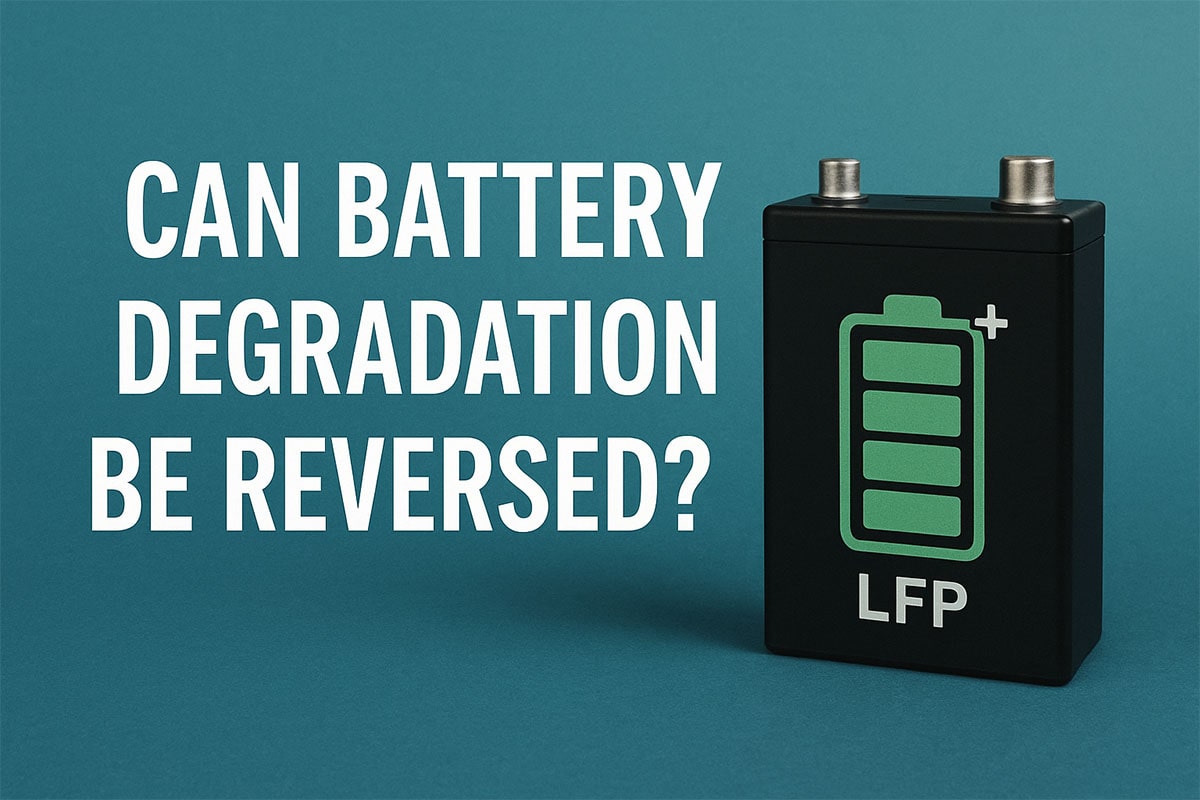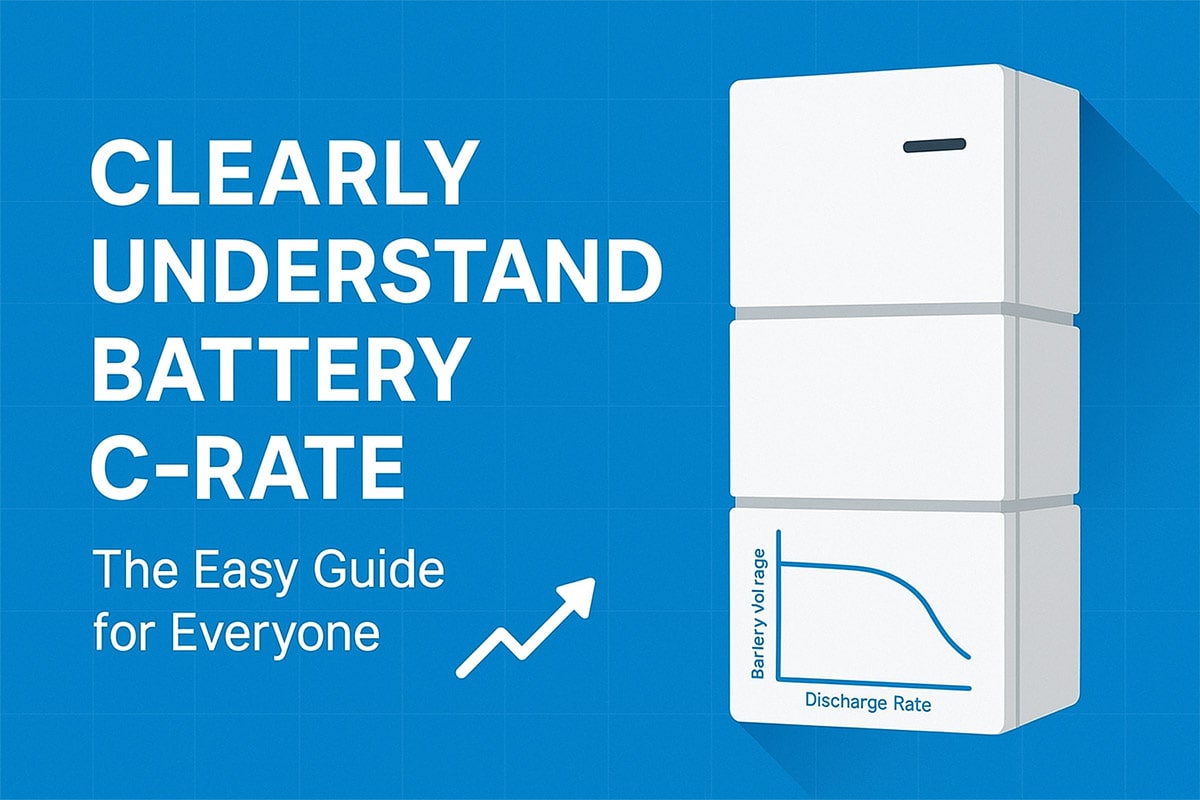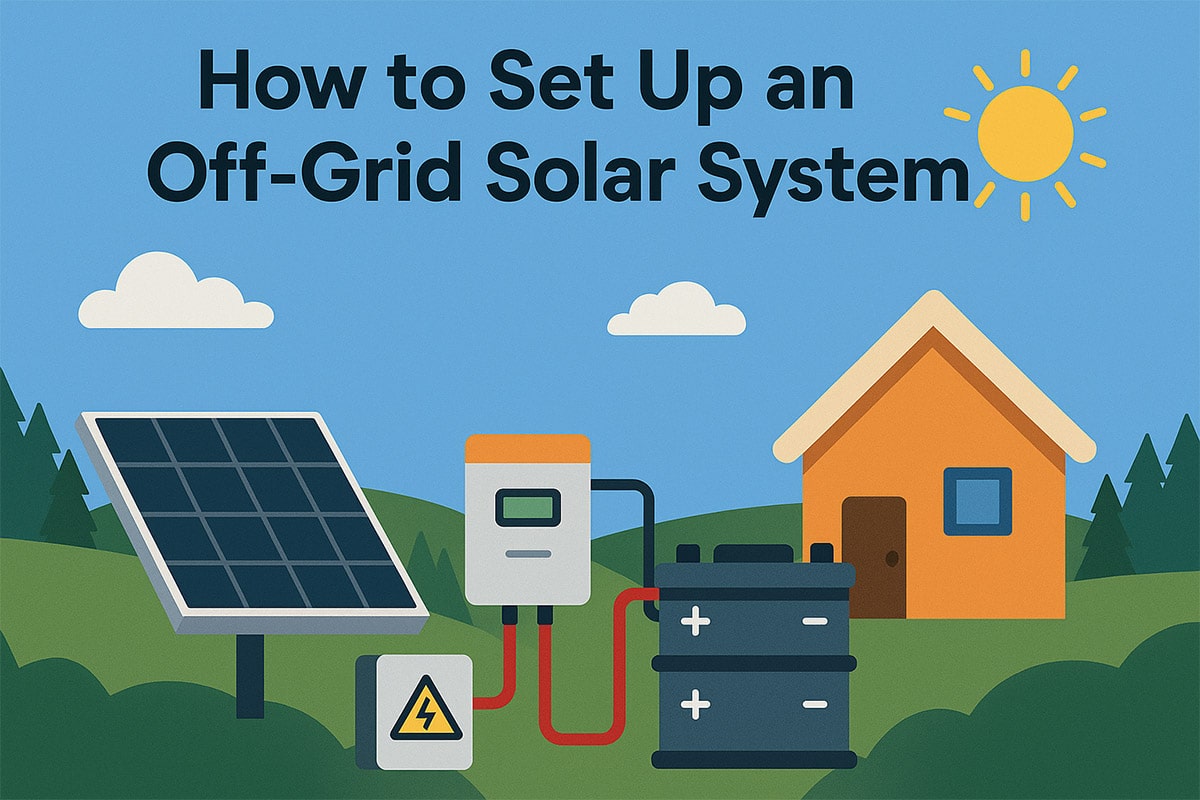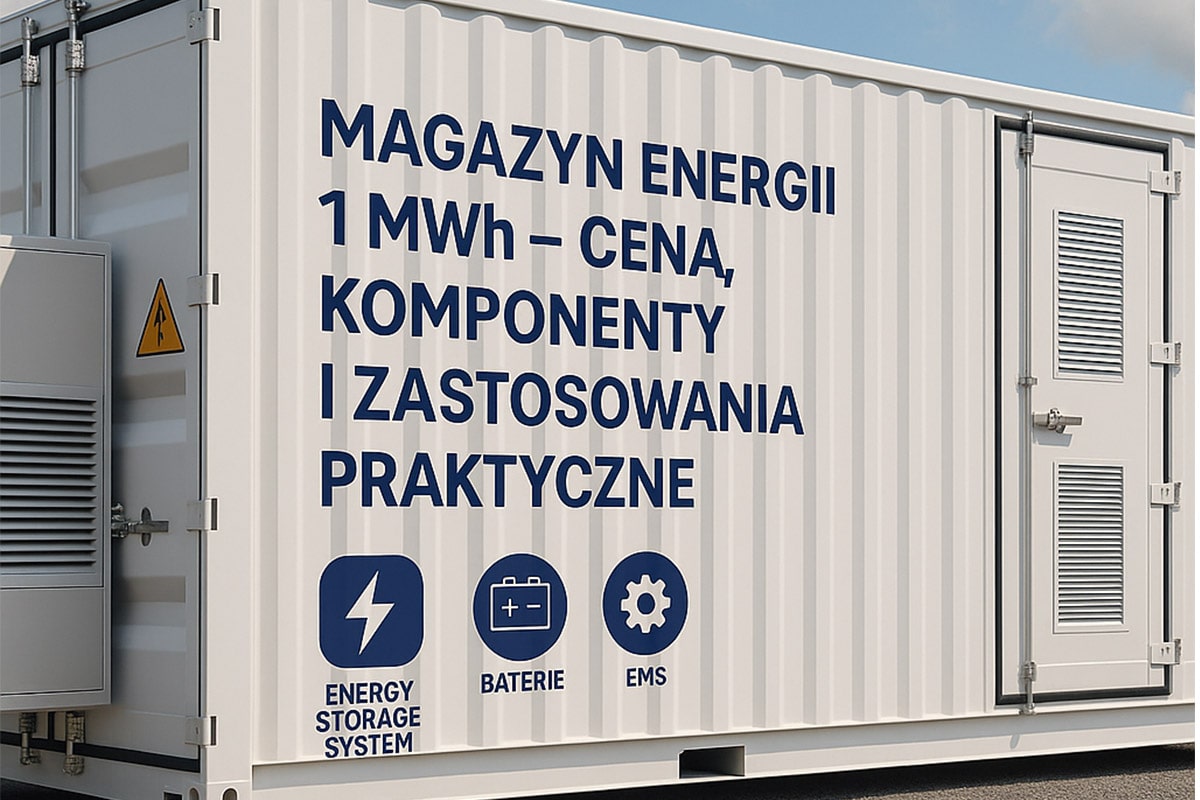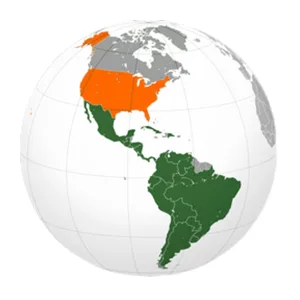What Are the Guarantees for Pv Modules and Inverters
What Are the Guarantees for Pv Modules and Inverters
The warranty of a solar system involves components, inverters, installations, and various other components. Owners always want to be effectively guaranteed throughout the life cycle of the solar system. They know that it is important to choose the right components and inverters. , it is also important to know that these components are properly installed. But when it comes to quality assurance, there is always a gap between reality and aspirations.
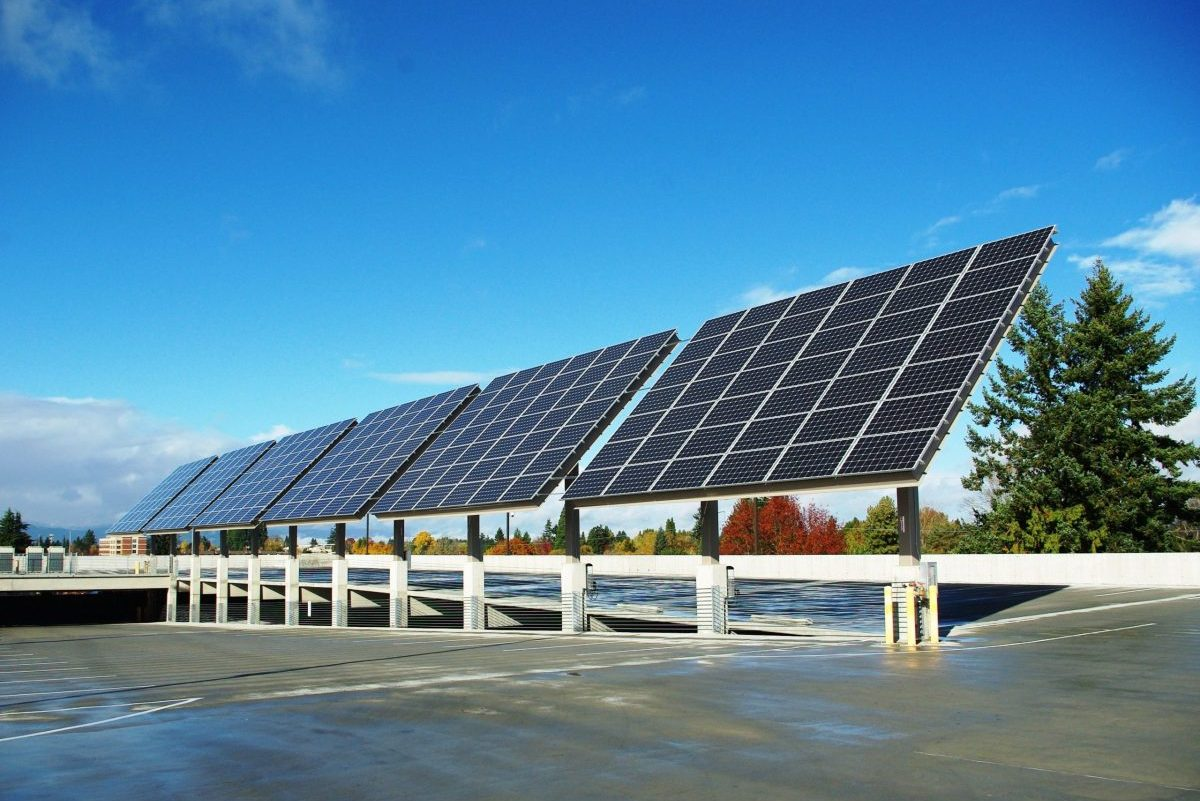
If a solar system stops working for any reason, or encounters other problems, homeowners want their suppliers to cover them. This brings up the issue of warranties for these items, and there are actually four separate warranties to consider as a PV system supplier.
1. Component Performance Guarantee
Performance warranties for solar panels are typically claimed for 25 years, although some manufacturers extend the warranty to 30 years. When installers talk about a 25-year warranty on a solar panel, it’s usually only considering performance and doesn’t cover other aspects of the system or the panel itself, and more component suppliers are promising 20 years.
2. Component Product Warranty
Typically, unlike performance warranties, most component products are warranted for 5 to 10 years, depending on the company installing the component and the products it offers. This is a far cry from, and shorter than, a component performance warranty, but many people mistakenly believe that a component product warranty is the same as a component performance warranty. This may make them think their guaranteed coverage is more than it actually is, and for a longer period of time.
3. Inverter Warranty
Inverter warranties are almost always five years, but there are sometimes upgrade options that extend the warranty to 10 years or more. These upgrades are usually not free and may be offered at the time of sale or at the time of installation. Other guarantees can offer better value if they cost less, but it’s important to understand how much the cost will go up.
4. Installation Guarantee
The warranty on the installation is provided by the installer, not by the manufacturer of the solar panels or other system components. Usually, this warranty period is one or two years. In some cases, the installation warranty may be 10 years, but this is not common. Asking your installer how long their warranty lasts is critical to system knowledge.
– What warranty should you ask your installer for?
Specifically, before choosing an installer for your solar panels and inverter, be sure to ask that company about the warranty. The installer might say there’s a 25-year warranty, but it’s important to know if it covers everything. While it may cover component performance, other aspects of the warranty may be much shorter. It is important to understand exactly what products and services you are getting.
-Who should you talk to about product issues or safety risks?
If you experience a problem with a product, or discover what you believe to be a safety hazard, often the first step is to contact the installer. They are very knowledgeable about the work done for you and also have all the information about the manufacturer of the product they are installing. Whether or not your modules or inverters are still under warranty, it is important to address safety risks and other issues in a timely manner.
-Active learning of photovoltaic operation and maintenance
Selecting the right installer, module manufacturer and inverter supplier is almost the core quality link of a solar system, but it doesn’t represent everything after that. During the operation process, performance degradation caused by non-product factors often occurs, and power generation is not as expected. Owners need to actively learn some common sense of photovoltaic operation and maintenance.
In addition, the update of photovoltaic technology is almost changing with each passing day. Some product design problems may not be predicted by product suppliers and installers at the beginning of installation, but there are often some new technologies that can make up for them later.
For example, for the owners of industrial and commercial rooftop photovoltaic power plants, it is common for the power generation to be lower than expected, and it is often caused by the most common dust accumulation and mud belt occlusion on the frame, which will not be within the scope of the system’s quality assurance.
Service providers often suggest that owners use frequent cleaning to solve this problem by themselves, but if owners often care about the industry, they will know some latest small ideas, such as automatic drainage desilter, which can solve the problem of dust accumulation and mud belt blocking at a very low cost big problem. However, since such small ideas are often not the mainstream technology that the photovoltaic industry is most concerned about, the owners need to learn and understand by themselves.

